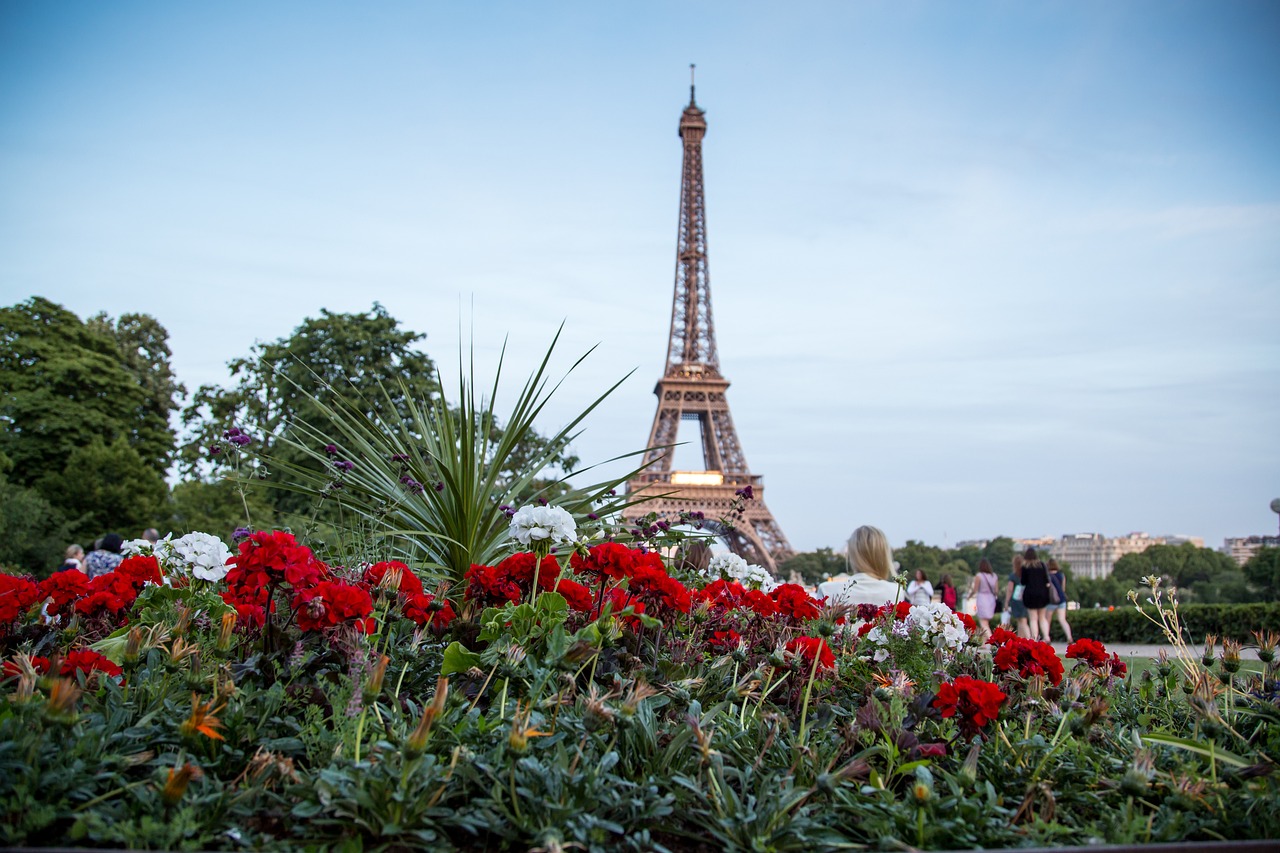Undoubtedly, the Eiffel Tower is the most iconic symbol of Paris and one of the most emblematic and recognized monuments in the world. You must visit if you have the chance to be in the French capital, better known as the City of Light. At LOCK & enjoy!, we want to share with you a series of curiosities about the Eiffel Tower that you didn’t know, which will make your visit to this monument even more enjoyable.
A majestic wrought iron structure that dominates the Parisian skyline, offering stunning views, it has a fascinating history and an imposing presence throughout the city.
A must-stop, even if you’re only going to be in the city for a few hours. At LOCK & enjoy!, we have two luggage storage facilities in Paris where you can securely leave your belongings and comfortably explore the city without having to carry them around.
In fact, we have a storage facility at the Eiffel Tower, located in a prime location at 3 Rue Augereau, just a few minutes’ walk from the tower.
Now that you know about our storage facilities, let’s share 10 truly surprising facts about the Eiffel Tower that will amaze you.
10 Curiosities about the Eiffel Tower that you didn’t know
1 –Initially Intended to be Temporary
One of the most surprising anecdotes about the Eiffel Tower is that Gustave Eiffel designed it as a temporary structure for the 1889 Exposition Universelle, which was expected to last about 20 years.
The reason its lifespan was extended is that the tower proved to be very useful as a radio antenna, and today, over 130 years later, it is one of the most visited monuments in the world.
2 – Hitler Tried to Destroy It
During World War II, when Paris was under Nazi occupation, Adolf Hitler ordered the demolition of the Eiffel Tower, believing that the symbol of Paris should not survive.
Fortunately, the Nazi commander in charge of carrying out this order never did so, allowing the tower to remain standing after the war.
3 – It Has a Secret Room
Another curious fact about the Eiffel Tower is that at the very top, there is a secret room that Gustave Eiffel himself built for private use, which was not accessible to the public until relatively recently.
Although it was not his residence, Eiffel used this room to show the tower to special friends and conduct scientific experiments. Today, visitors to the tower can visit this room.
4 –It Cannot Be Photographed at Night
Surprisingly, although it is one of the most photographed monuments in the world, images of the Eiffel Tower lit up at night are protected by copyright. The reason is that the night lighting designed by Pierre Bideau in 1985 is considered an artistic work in its own right.
Legally, to take a photo of the illuminated tower, you need permission from the Société d’Exploitation de la Tour Eiffel (SETE). However, this rule primarily applies to professional photographers wanting to use their images for commercial purposes.
5 – It Is Lit by Over 20,000 LED Bulbs
Directly related to the previous point, the Eiffel Tower is illuminated by more than 20,000 LED bulbs, making it one of the most stunning night spectacles not only in Paris but in the entire world.
6 – Size Change
One of the curiosities about the height of the Eiffel Tower is that it does not always have the same height. Yes, this is due to the iron from which it is constructed, which expands as temperatures rise, increasing its size.
According to experts, in the summer it can be between 10 and 15 centimeters taller than in winter due to thermal expansion of the metal. This change in height, though imperceptible to the human eye, shows that even seemingly static structures are in constant change.
7 – It Has the Shape of an A
If you look closely, the Eiffel Tower is shaped like the letter A, which many interpret as a tribute to its creator.
In addition to aesthetics, Gustave Eiffel chose this design strategically to withstand wind conditions, allowing it to resist strong gusts without risk.
8 – It Was Built in Just Two Years
Despite its size and imposing design, you may be surprised to learn that the Eiffel Tower was constructed in just two years, starting in 1887 and completed in 1889.
Specifically, the construction took two years, two months, and five days. Made possible by precise calculations and the work of over 300 workers who worked tirelessly to complete the structure in time for the Exposition Universelle.
9 – It Can Move
Due to its height and flexible iron structure, the Eiffel Tower can sway slightly with the wind. Although this is a minimal oscillation, between 6 and 7 centimeters, this movement is part of its original design to make it more resistant to weather conditions.
Gustave Eiffel planned this flexibility to prevent structural damage, and over the years, it has proven to be a very effective design.
10 – It Weighs Over 10,000 Tons
We conclude our list of curiosities about the Eiffel Tower with its weight, which reaches 10,100 tons. Distributed over 330 meters of height and made up of over 18,000 iron pieces connected by two and a half million rivets.
Now that you know these curiosities, book your luggage storage in Paris with LOCK & enjoy! and enjoy the Eiffel Tower without having to worry about carrying your luggage.








 Sevilla
Sevilla